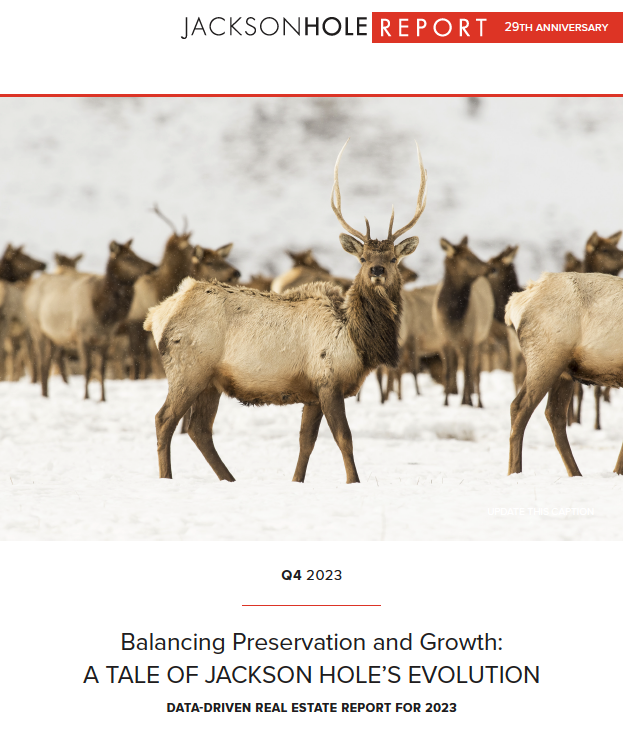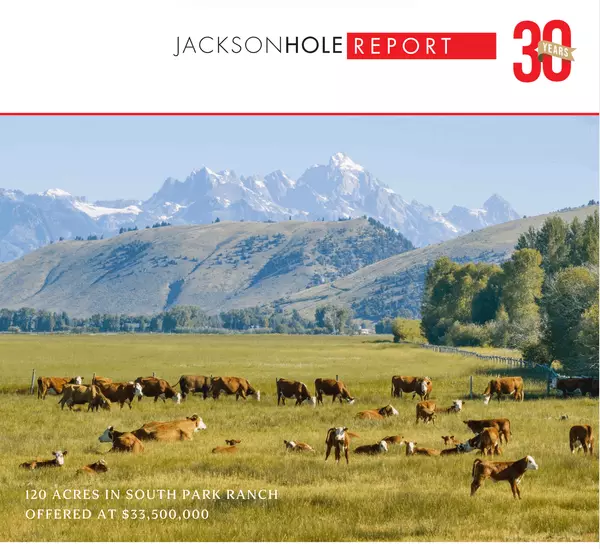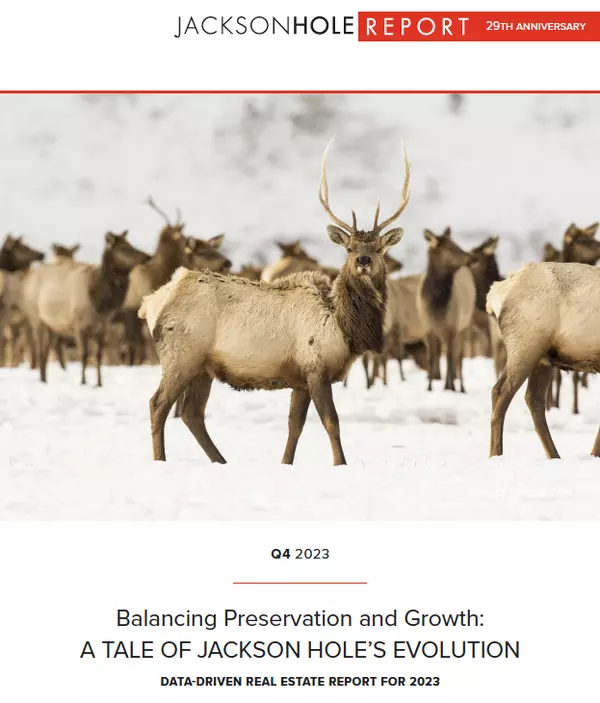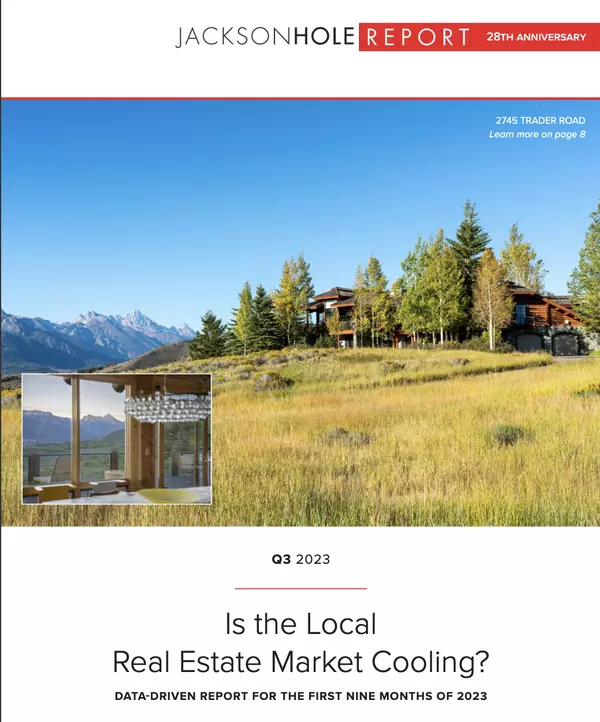Q4 2023 Jackson Hole Real Estate Report
Q4 2023 Jackson Hole Real Estate Report
Balancing the Preservation and Growth: A Tale of Jackson Hole's Evolution
The lack of inventory and scarcity of available land in Jackson Hole can be summed up in three words: Conservation versus Expansion.
The Region's early history saw development constrained by the natural topography, which influenced where homesteaders could settle. By 1950, the consolidation of the 1929 Park and the 1943 National Monument, which included Rockefeller's acreage, resulted in a staggering 97% of the valley being designated as public land and the expansion of the Greater Yellowstone Ecosystem.
Of the federal land, the National Park Service owns 45%, the National Elk Refuge 1%, and the National Forest Service nearly 51%. Various state and local entities own the remaining 2.8% within the Town of Jackson and the incorporated county, amounting to 74,540 acres in private ownership.
The 2.8% of privately owned land in Teton County has seen significant development, conservation, submersion, or zoning for rural densities. Most of the private land, approximately 60,000 acres, is in Jackson Valley, with 1,182 acres within the Town of Jackson. Outlying communities like Alta and Buffalo Valley hold 6,890 acres and 4,030 acres, respectively.
Ready to read the full report? Subscribe and Download The Full Report: Q4 2023 Jackson Hole Real Estate Report
Categories
Recent Posts





